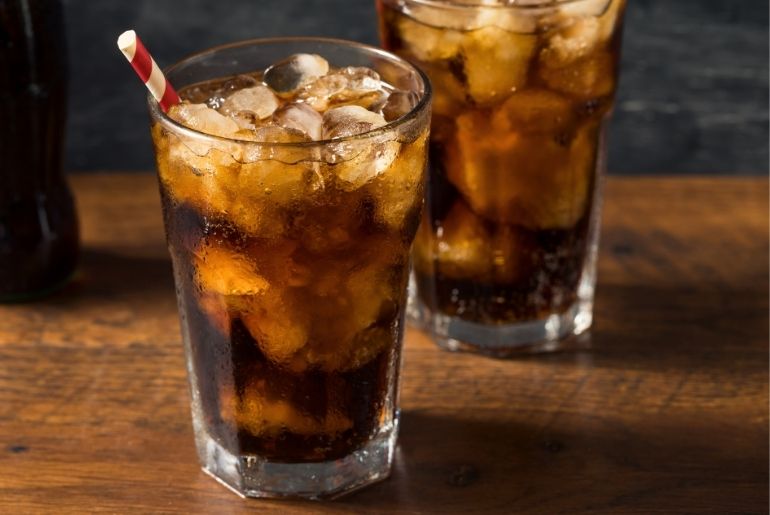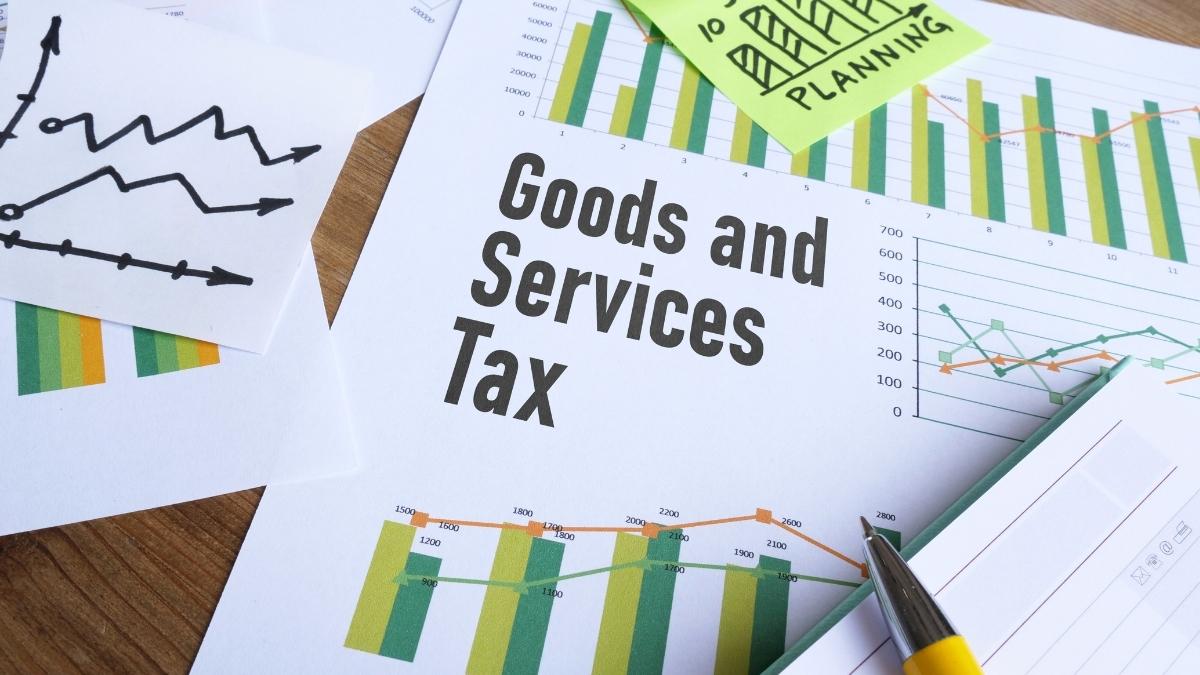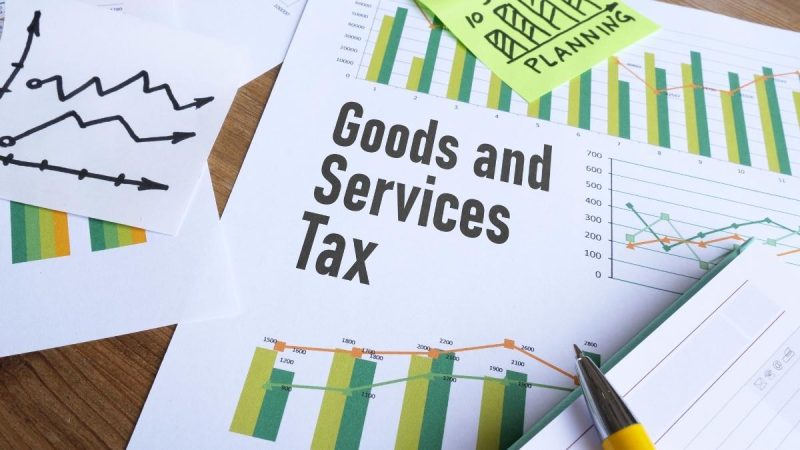At the 58th GST Council Meeting, Finance Minister Nirmala Sitharaman announced a new top tax slab of 40%, effective September 22. This rate will apply to sin goods and certain luxury items. But what exactly are sin goods? Let’s find out.
What Are Sin Goods?

The new GST rate of 40% will be applicable on sin goods. These goods are considered harmful to health or society. Some examples of sin goods are tobacco, gutka, pan masala, cigarettes, alcoholic drinks, and sugary or caffeinated beverages. The aim of putting such high GST rates on these goods is to stop people from consuming them, as it can negatively impact consumers’ health.
Earlier, sin goods were placed under the 28% GST slab, with extra Compensation Cess. It has now been phased out as the government has decided to remove the additional cess and has placed a single 40% GST rate for these products. With the new rule, the tax incidence will remain unchanged, NDTV reported.
Also Read: Proposed GST Changes: Business Class Flights, Hotel Stays &; Ghee May Get Cheaper
What Comes Under New 40% GST Slab?
Here’s the list of sin goods that have been included under the new 40% slab –
1. Caffeinated carbonated beverages
2. Sugary cold drinks
3. Carbonated drinks
4. Pan masala
5. Cigarettes
6. Pan masala
7. Tobacco
8. Cigars, cheroots, cigarillos, and more
9. Raw tobacco scraps or waste
Along with sin goods, the government has also decided to place luxury goods under the 40% slab. These include yachts, high-end motorcycles, luxury and racing cars, and personal aircraft. At the same time, the new tax system has brought some relief to the middle and lower classes. According to NDTV, the council has reduced the number of GST slabs to two main rates. 5% for essential or basic goods and 18% for most other goods and services.
Daily items like toothpaste, shampoos, soaps, and more will now have less tax charge than before. The new changes in GST have brought relief in the FMCG sector as well. Every day items will soon get cheaper, which will instantly result in increased sales and boost growth. IIn rural areas, where people are sensitive to price changes, they will now be able to buy essential items without any worries of paying a high additional price.
What are your thoughts on the new change in the GST system? Tell us in the comments!
Also Read: Butter, Ghee, Chocolates, Cold Drinks: What Got Cheaper & Costlier After GST Rate Revision
Cover Image Courtesy: Canva Pro/Andrii Dodonov





